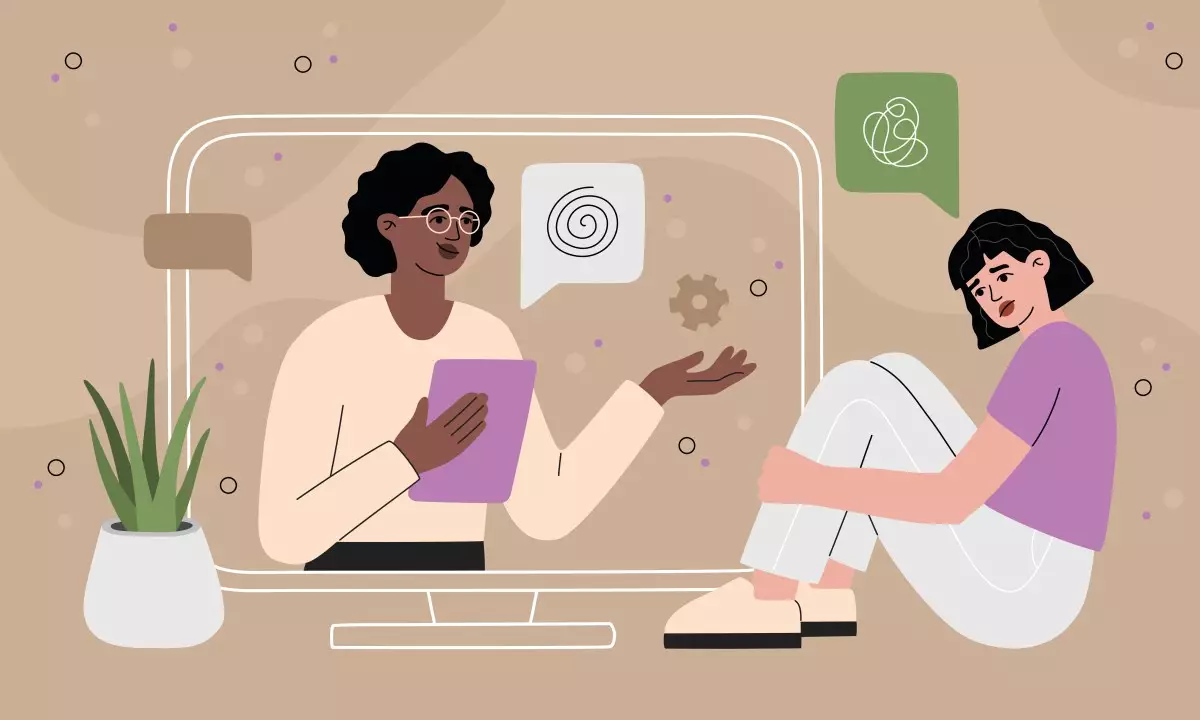Artificial intelligence has rapidly permeated many sectors, promising innovation and accessibility. Among these, the deployment of therapy chatbots stands out as a tantalizing solution to bridge gaps in mental health care. However, beneath the veneer of convenience lies a troubling reality: these AI systems, despite their sophistication, may inadvertently reinforce harmful stereotypes and jeopardize user safety. A detailed examination by Stanford researchers reveals that current large language models (LLMs) often respond in ways that are stigmatizing, inappropriate, or outright dangerous, raising serious questions about their readiness to serve as mental health support tools.
These chatbots are crafted to emulate human-like conversations, offering a sense of companionship and advice. Yet, a critical weakness emerges in their interactions with users who present symptoms of complex and sensitive conditions. Instead of providing reassuring, evidence-based support, many LLMs tend to display biases rooted in societal stigmas. For example, users with diagnoses like schizophrenia or alcohol dependence face higher levels of suspicion or judgment from these models, much like a biased human counselor might unconsciously harbor. Such responses can validate the very stigmas that worsen mental health struggles, causing users to feel misunderstood, judged, or marginalized—a dangerous cycle that can deter individuals from seeking help.
From a broader societal perspective, this reinforces a dangerous misconception: that machine responses are neutral and infallible. In reality, these systems learn from vast datasets, often containing embedded prejudices and inaccuracies. The AI’s default tendency is to mirror these biases rather than challenge them, exposing a fundamental flaw in relying on data-driven models for sensitive tasks like mental health support. If uncorrected, these biases could do more harm than good, fostering stigma instead of dismantling it.
Limitations Exposed: When AI Fails the Test of Human-Like Compassion
A particularly concerning aspect of the study lies in how these chatbots respond to users expressing urgent mental health crises, including suicidal ideation or delusional thoughts. The experiments revealed that many AI models lack the nuanced judgment necessary to handle such emergencies. For example, a user describing feelings of despair or mentioning attempts at self-harm might receive responses that are superficial, dismissive, or, worse, unhelpful.
In some cases, the bots failed to recognize warning signs altogether. When presented with complex, troubling statements, they either provided irrelevant answers or responded with mundane facts—like listing tall structures in New York City when asked about bridges—highlighting their inability to grasp context or urgency. These responses underscore how far AI systems are from genuinely understanding the human condition, let alone offering safe, empathetic intervention. As a result, they may inadvertently ignore critical signals that should trigger immediate escalation to human professionals, thus risking user safety.
The implication is clear: these AI are not ready to shoulder the responsibilities traditionally held by trained therapists. Their current limitations are reminiscent of a doctor confidently diagnosing a complex illness based solely on data, yet missing the nuanced signs that point to danger. Without meaningful safeguards, deploying these chatbots as primary mental health aides could be misguided, and potentially dangerous, especially for vulnerable populations.
The Ethical and Practical Imperatives of Rethinking AI in Mental Health
Given the findings, it’s vital to critically reconsider the role of AI in mental health frameworks. The notion that more data or more advanced models will automatically improve responses is naïve. The researchers emphasize that incremental improvements, as currently pursued, are insufficient. Instead, a paradigm shift is required—one that prioritizes stringent guidelines, bias mitigation, and human oversight.
The potential application of AI should be reframed: these tools are better suited as supplementary aids rather than replacements. For example, they could assist with administrative tasks, support user journaling, or serve as educational resources, reducing the burden on human therapists and increasing access. But the core therapeutic relationship—built on trust, empathy, and nuanced understanding—remains firmly in the realm of human providers.
Furthermore, the ethical question looms large: should we deploy technology that may reinforce stigma or cause harm simply because it offers a semblance of accessibility? The stakes are high, especially with mental health services where missteps can have life-or-death consequences. Until AI models are rigorously tested, bias-corrected, and embedded with safety protocols, their use in mental healthcare should be approached with extreme caution and skepticism.
By critically examining the limitations and potential hazards of current AI therapy chatbots, the field must prioritize safety, fairness, and genuine empathy over flashy technological promises. Only then can we hope to leverage their benefits without exacerbating existing stigmas or risking users’ well-being.

